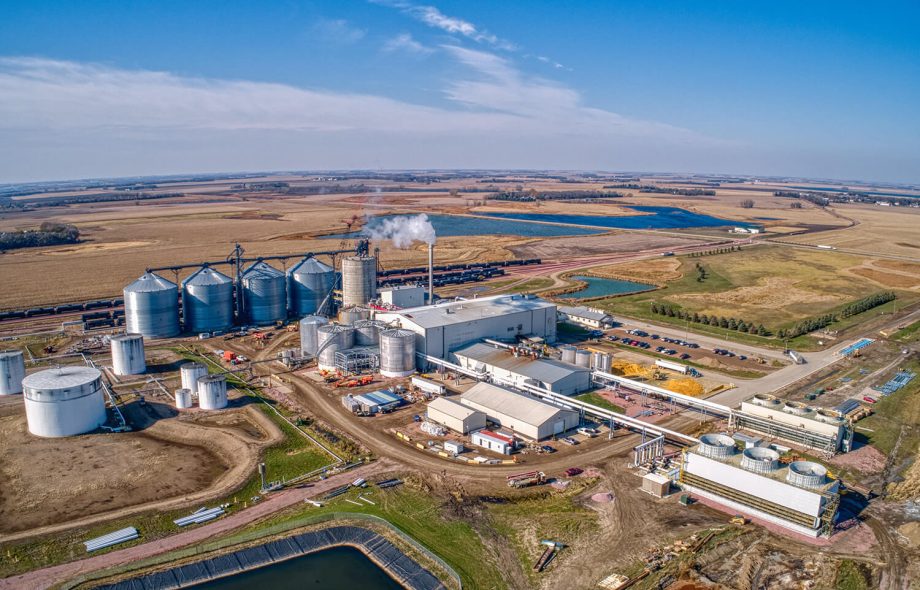Introduction
Ethanol plants play a vital role in the renewable energy sector, providing a sustainable alternative to fossil fuels. Ethanol, a biofuel derived from plant-based materials, is used for blending with gasoline, reducing environmental pollution, and supporting energy security. With increasing global demand for cleaner energy sources, ethanol production is gaining momentum. The establishment of an ethanol manufacturing plant contributes to economic growth, supports agriculture, and reduces reliance on non-renewable energy sources.
What is an Ethanol Manufacturing Plant?
An ethanol manufacturing plant is an industrial facility designed to produce ethanol from various raw materials, such as corn, sugarcane, wheat, and other biomass sources. The ethanol produced is used in multiple sectors, including transportation, pharmaceuticals, and chemical industries. These plants follow a structured process to convert raw materials into high-purity ethanol efficiently.
How Ethanol Plants Work
Ethanol production involves several key stages, ensuring efficient conversion of raw materials into biofuel. Below is a step-by-step breakdown of the ethanol manufacturing process:
Raw Material Collection: The first step involves gathering feedstocks such as sugarcane, corn, or other starch-based crops. These raw materials contain fermentable sugars essential for ethanol production.
Processing and Milling: The raw materials are processed to extract fermentable sugars. For grains like corn, milling is done to break down the starch, while for sugarcane, juice extraction is performed to separate the sugar content.
Fermentation: Yeast is introduced to convert the extracted sugars into ethanol and carbon dioxide through fermentation. This process typically lasts between 48 to 72 hours, depending on the feedstock and efficiency of the plant.
Distillation: Once fermentation is complete, the ethanol solution is distilled to separate ethanol from water and other byproducts. This stage increases the concentration of ethanol in the final product.
Dehydration: Ethanol obtained from distillation still contains some water. It is further purified using dehydration techniques, such as molecular sieves, to achieve fuel-grade ethanol with a purity of 99% or higher.
Storage and Distribution: The final ethanol product is stored in tanks and transported for blending with gasoline or other industrial applications.
Importance of Ethanol Plants
Ethanol plants contribute significantly to multiple industries and offer a wide range of economic and environmental benefits. Below are some key reasons why ethanol manufacturing plants are essential:
1. Reducing Greenhouse Gas Emissions
Ethanol-blended fuels burn cleaner than traditional fossil fuels, reducing harmful emissions such as carbon monoxide and greenhouse gases. The widespread adoption of ethanol reduces the carbon footprint of transportation and helps combat climate change.
2. Supporting the Agricultural Economy
Ethanol manufacturing plants create a demand for crops such as corn and sugarcane, providing farmers with additional revenue sources. This boosts the agricultural economy and encourages sustainable farming practices.
3. Energy Security and Independence
By producing ethanol domestically, countries can reduce their reliance on imported fossil fuels. An ethanol manufacturing plant strengthens energy security by diversifying energy sources and reducing dependence on crude oil.
4. Utilizing Agricultural Waste
Many ethanol plants are now using agricultural residues, such as crop stalks and husks, to produce second-generation ethanol. This reduces waste and promotes a circular economy where byproducts are repurposed for energy generation.
Ethanol Manufacturing Plant Growth and Future Prospects
The demand for ethanol is expected to rise significantly in the coming years as governments promote biofuels as part of their renewable energy policies. Many nations have implemented ethanol blending mandates to decrease emissions and boost local industries. Advancements in ethanol production technologies, such as cellulosic ethanol and carbon capture, are making ethanol plants more efficient and environmentally friendly.
While the industry faces challenges such as water usage, feedstock availability, and production costs, continuous research and innovation are addressing these concerns. With increased investment and policy support, ethanol manufacturing plants will continue to expand and contribute to a cleaner and more sustainable energy future.
Conclusion
Ethanol manufacturing plants are crucial in the global shift toward renewable energy. They provide a sustainable alternative to fossil fuels, support the agricultural economy, and contribute to energy security. By reducing greenhouse gas emissions and utilizing agricultural waste, ethanol plants promote environmental sustainability. As technology advances and more nations adopt ethanol-blended fuels, the role of ethanol manufacturing plants will become even more significant in building a greener future.












